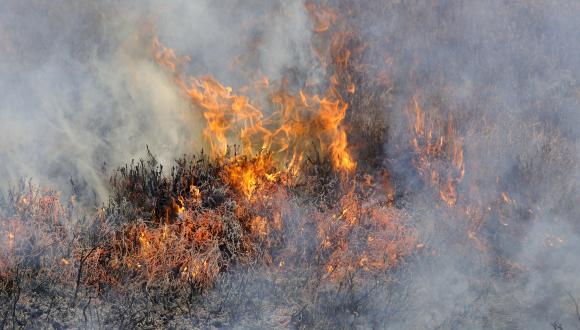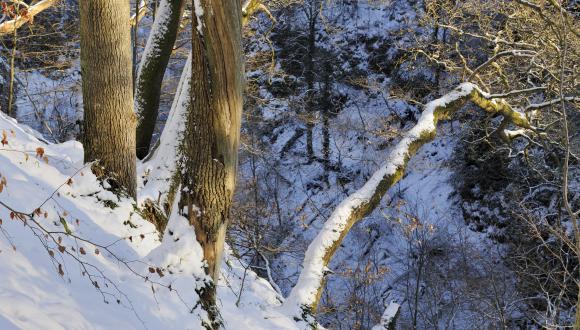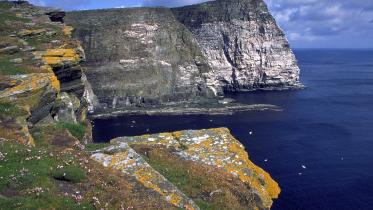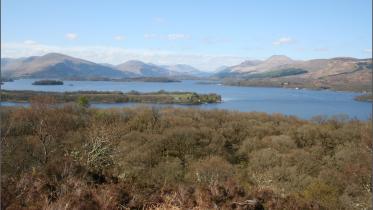Forests and woodlands
Human activity has modified almost all of our remaining native woodlands. Yet they remain one of Scotland’s richest wildlife assets.
Woodland ecosystems offer many benefits to Scotland’s people – from food, timber and recreation to carbon storage and cleaner air. Foresters, farmers, communities, conservation bodies and others involved in woodland management should always take account of these ecosystem services.
Native tree and shrub species provide much of our native wildlife with its natural habitats, so are a valuable part of Britain’s nature and landscapes. This is why we seek to maintain the native trees and shrubs in our woods.
We believe in multipurpose management of Scotland’s forests and woodlands. This considers wide-ranging objectives from carbon management to cultural values. Our small country hasn’t enough space for woodland that’s managed for only one purpose.
Not all of Scotland’s woodlands are in as good condition as they might be, because of problems and poor management. Overgrazing and undergrazing, invasive species and pathogens, fragmentation, neglect and climate change all threaten the condition of our woodlands.
A range of actions is needed to best protect our woodlands and help them to adapt to new and dynamic conditions resulting from climate change.
Our woodland cover around 5,000 years ago reached even Shetland and the Western Isles. By 1900, woodland covered only about 5% of Scotland’s land area.
Scotland has much less woodland than other European countries. Carefully planned expansion will bring more of the benefits that woodlands can provide.





